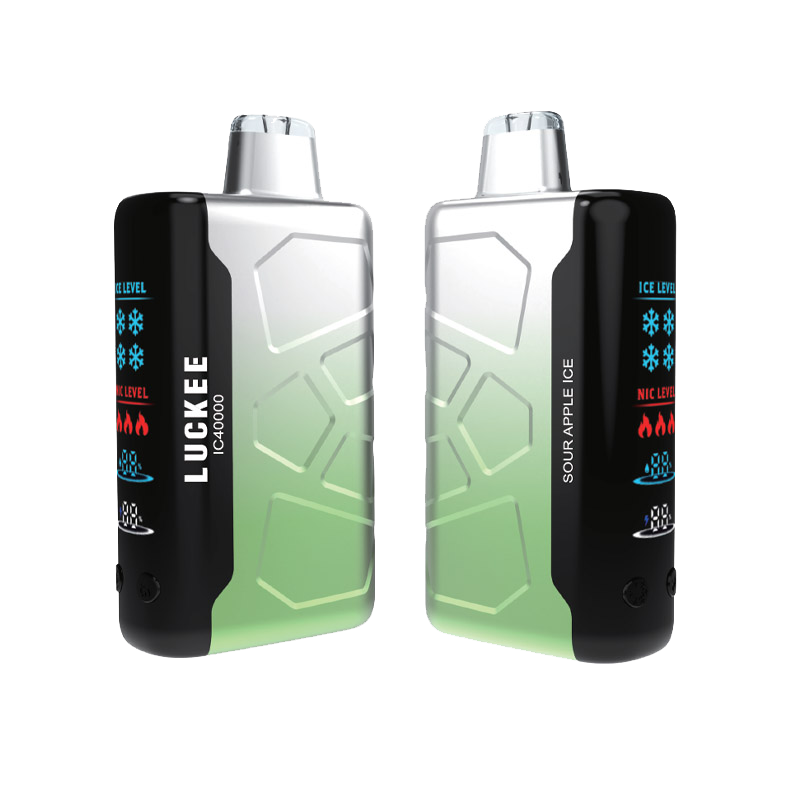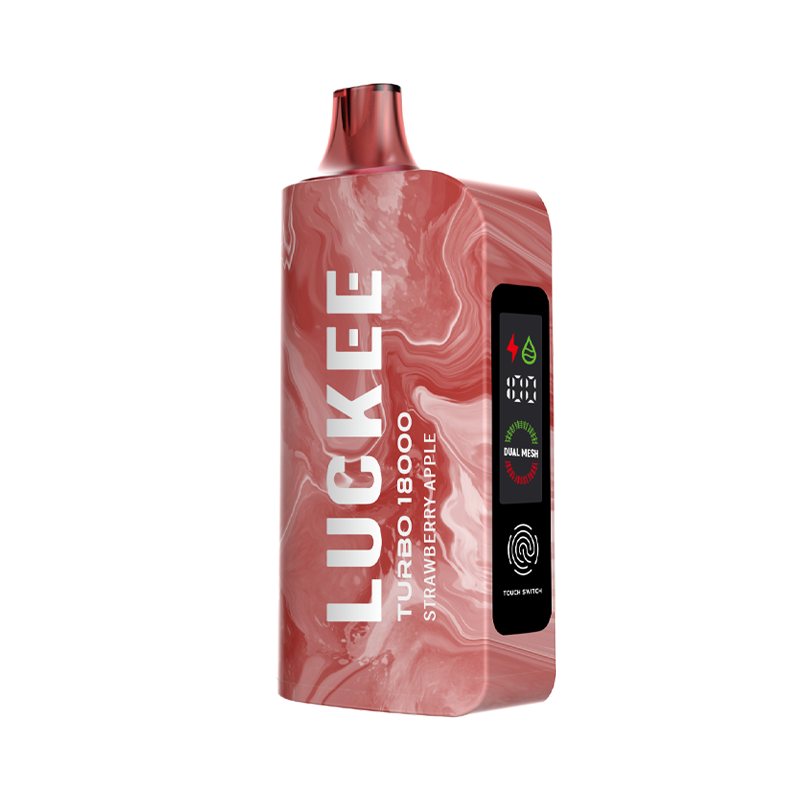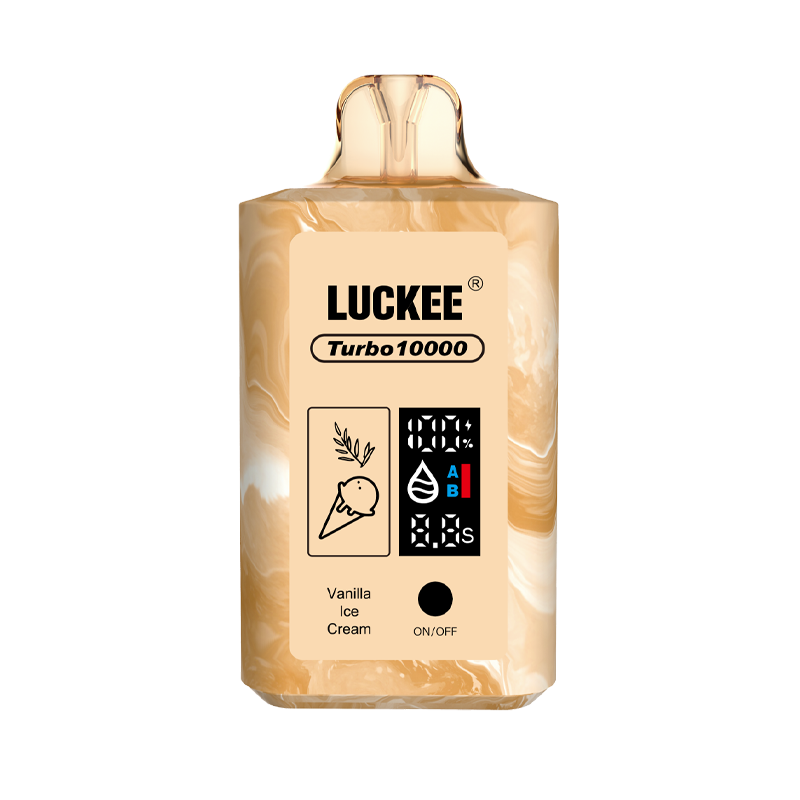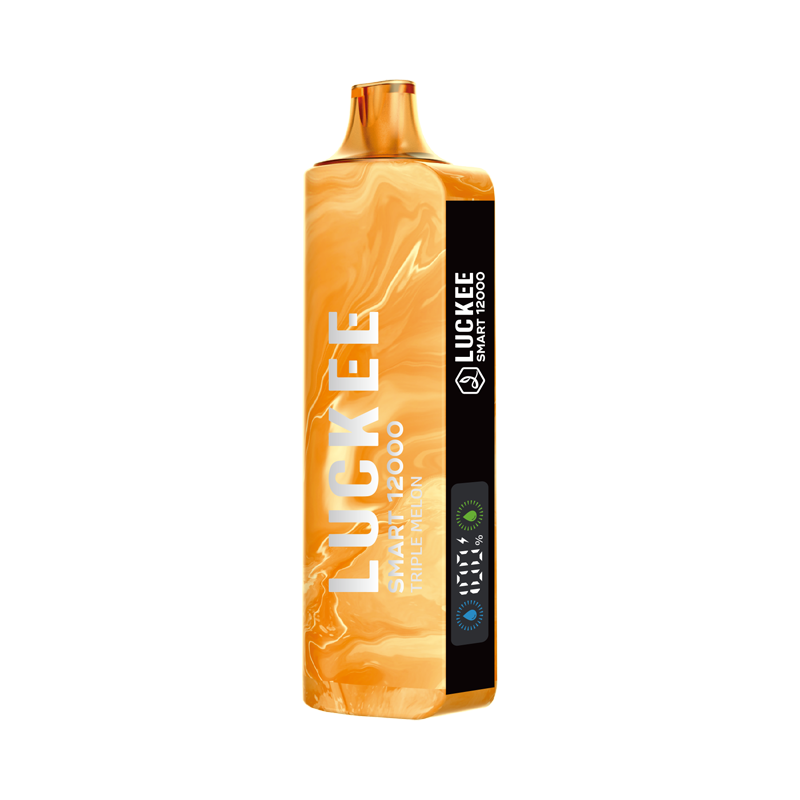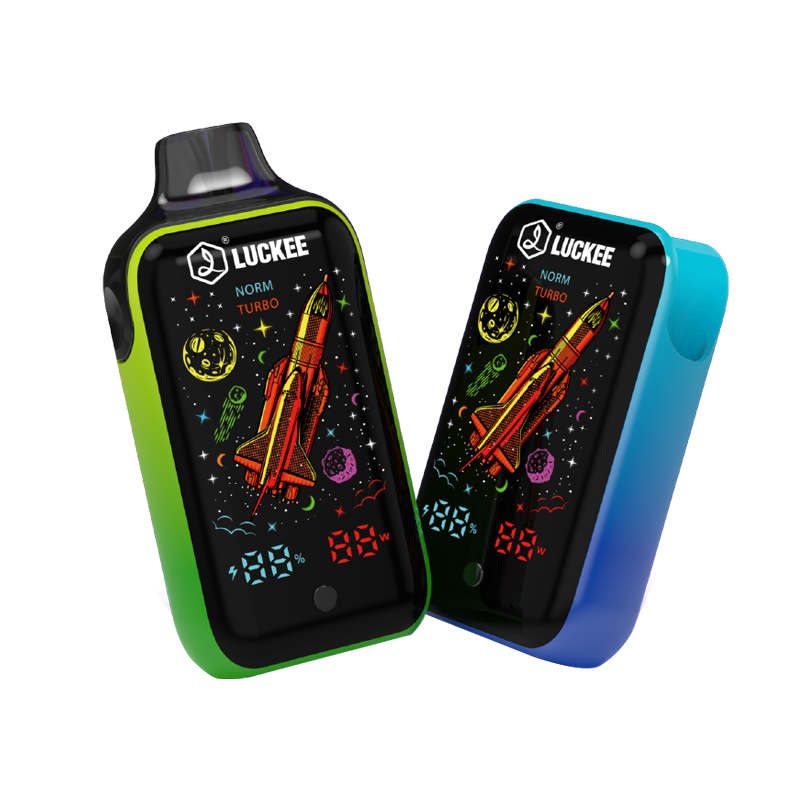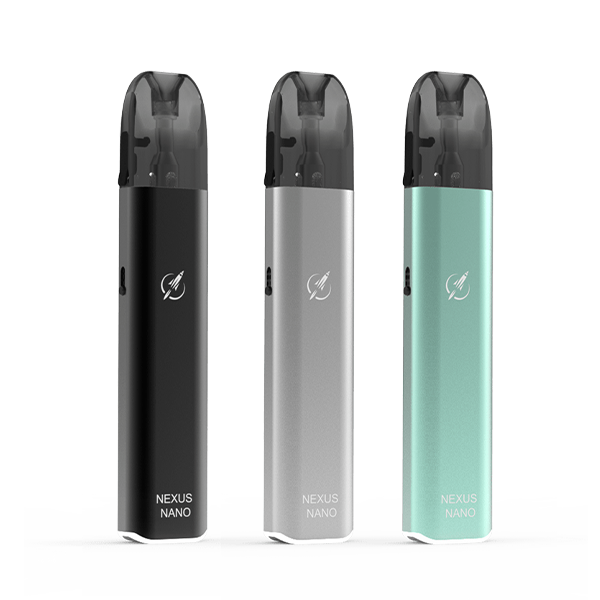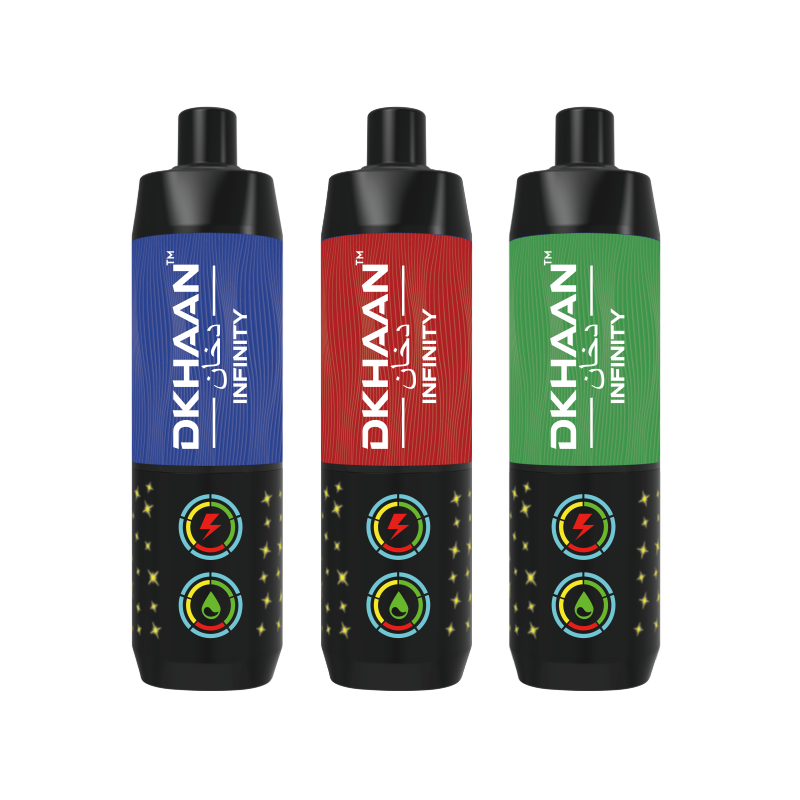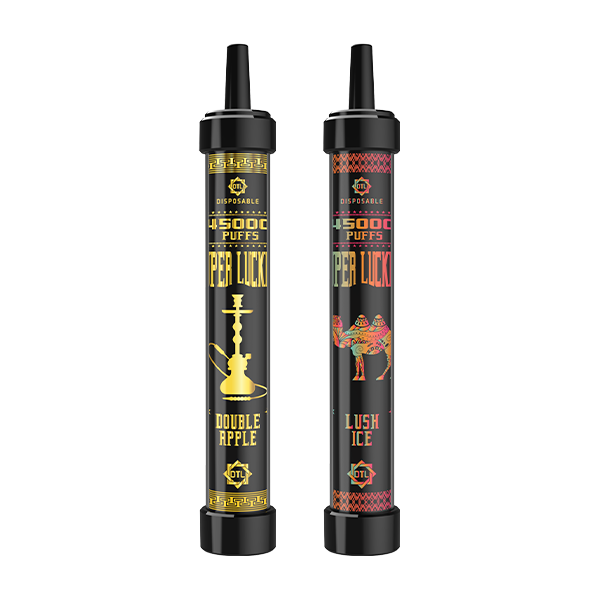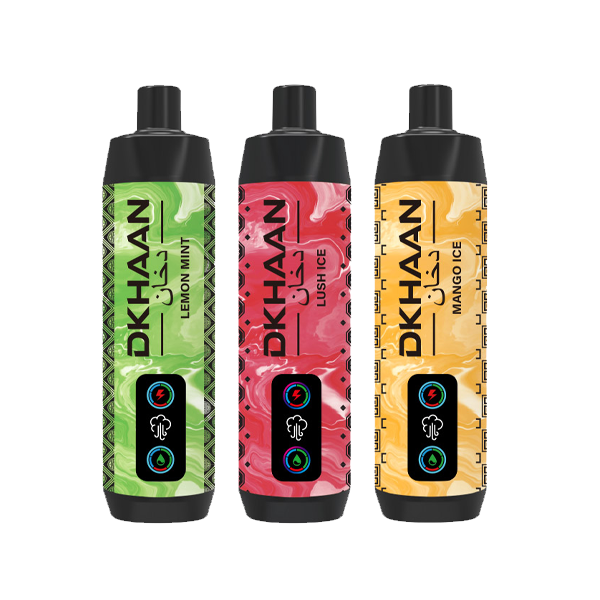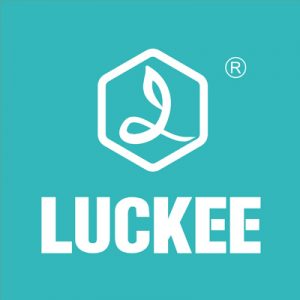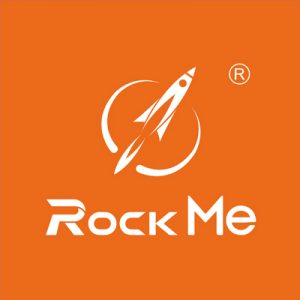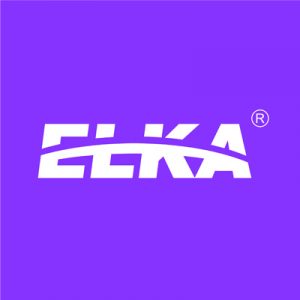The disposable vape sector has seen remarkable expansion, surging from $7.806 billion in 2015 to $22.349 billion by 2022. That’s a 116% growth rate from 2018 to 2022 alone, with disposables now making up 22% of the global e-cigarette market. By 2028, the worldwide e-cigarette sector is forecast to reach $29.3 billion, with a steady compound annual growth rate (CAGR) of 3.6% from 2023 to 2028. In terms of consumption, global per capita vape usage stood at 3.8 units in 2023 and is anticipated to rise to 4.3 units by 2028 (CAGR: 2.5%). However, growth is not without its obstacles: increasingly strict regulations may slow progress, though the market is likely to recover as products adapt to compliance standards.
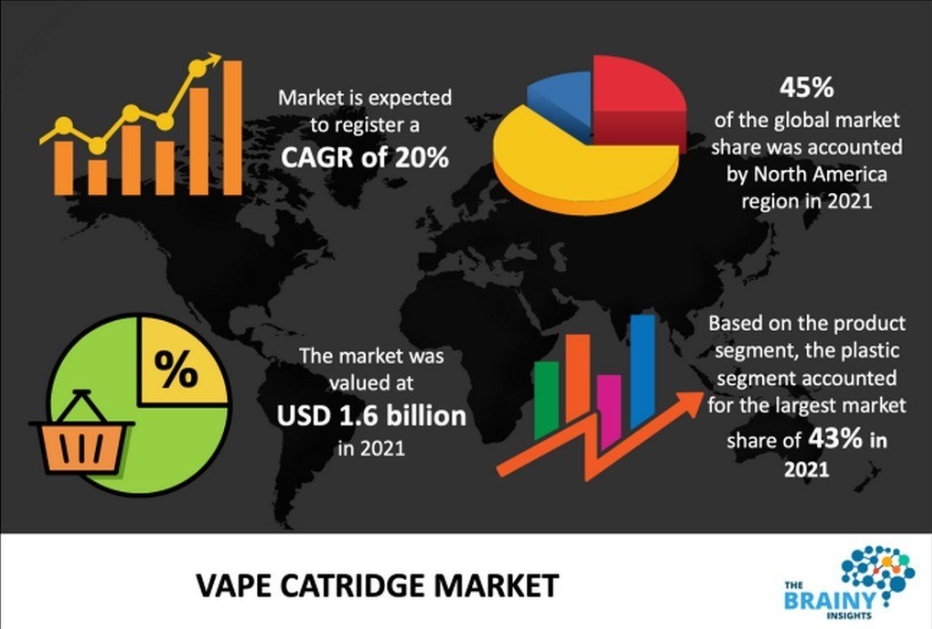
Main Engines Driving the Vape Industry
The extraordinary growth of the global vape market isn’t happening in a vacuum. Instead, it’s shaped by a combination of factors and market participants, each contributing from a unique angle to the industry’s expansion and transformation.
Health-Minded Consumers
A significant shift toward health awareness is reshaping consumer behavior. As individuals become more conscious of the dangers associated with smoking traditional cigarettes—particularly exposure to tar and carbon monoxide—many are seeking less harmful alternatives. Vapes are widely seen as a “middle ground,” especially for long-term smokers who struggle to quit but want to minimize health risks. This quest for harm reduction has spurred millions to try vaping, transforming it from a niche product into a booming mainstream trend. Consumers’ commitment to health is, therefore, a fundamental engine behind the market’s growth.
Innovative Vape Manufacturers
Vape companies are central to the industry’s dynamism. Leading brands invest heavily in research and development, constantly introducing new products and advancing technology. The rise of disposable vapes, for example, caters to users who value convenience and low maintenance. Meanwhile, refillable vapes with replaceable pods or cartridges give users more flavor choices and reduce costs over time—features that win loyalty among experienced vapers. Enhanced manufacturing processes have also made vapes more satisfying in terms of taste and vapor, bringing the user experience ever closer to that of traditional cigarettes. Such continuous innovation not only diversifies the market but also attracts a broader consumer base, accelerating growth.
The Role of E-Commerce Platforms
The advent of e-commerce has revolutionized the vape market’s distribution landscape. Online retail platforms provide easy access to a wide range of products, letting consumers compare options and shop with minimal effort. This increased convenience has expanded the market’s reach far beyond the limits of brick-and-mortar stores. Furthermore, e-commerce data analytics help manufacturers and retailers understand consumer preferences in real time, enabling them to refine product design, tailor marketing strategies, and react quickly to changing demand. As a result, e-commerce has become a crucial engine for both sales growth and market intelligence.
Expansion in Emerging Markets
Emerging economies are pivotal to the vape market’s global expansion. In regions like Asia and South America, high rates of smoking and relatively lenient regulations have fueled rapid growth in vape sales. Countries across Southeast Asia, in particular, are seeing an uptick in demand as rising incomes and urbanization make consumers more receptive to new alternatives. These new markets represent vast untapped potential, prompting vape brands to ramp up investment, introduce new flavors, and localize their offerings—all of which further accelerate worldwide industry growth.

Regional Market Analysis
The United States
The US is the world’s largest market for vaping products, with total market value reaching $8.3 billion in 2023. By 2024, this is expected to grow to $8.8 billion, with an average annual growth rate of 3.24% projected through 2028. The US market is highly competitive, dominated by brands like Vuse (noted for convenience and a wide range of flavors) and Juul (renowned for its innovative nicotine salt technology and sleek design). Non-tobacco flavors—fruity, dessert-inspired, and more—are especially popular among the key 18-34 age demographic, which now constitutes 45% of the market. This group is attracted by the promise of harm reduction and the trendiness of modern vape designs.
China
China holds a unique position as the world’s vaping manufacturing hub, supported by a robust industrial chain and vape manufacturing know-how. At home, the industry is moving toward greater regulation and standardization. In March 2022, the State Tobacco Monopoly Administration enacted the “Administrative Measures for Electronic Cigarettes,” tightening controls on manufacturing, distribution, and export. Later that year, the “Compulsory National Standards for Electronic Cigarettes” banned all non-tobacco flavors domestically, resulting in a market shakeout that eliminated many subpar products. Despite stricter rules, the Chinese market has immense room for growth: overall vaping penetration remains low, and there’s plenty of space for further expansion as awareness and product quality improve.
Challenges and Opportunities in the Vape Industry
Key Challenges
The rising rate of vape use among teenagers is causing widespread concern. E-cigarette vapor often contains nicotine—sometimes at high levels—as well as potentially harmful substances such as heavy metals and carcinogens. For adolescents, whose bodies and brains are still developing, these risks are especially acute. In response, many governments are tightening regulations, restricting what ingredients can be used, where and how products can be sold, and how they can be advertised. Advertising bans covering tobacco now increasingly apply to vapes, limiting companies’ ability to promote their products and making market expansion more challenging.
Opportunities on the Horizon
Yet regulation is a double-edged sword: stricter standards can also drive the industry’s evolution. As compliance requirements increase, companies that lack the resources or quality standards to keep up are being pushed out, concentrating market share among reputable, innovative leaders. This consolidation increases consumer trust in compliant brands and encourages ongoing quality improvements. Moreover, as health consciousness continues to grow globally, demand for safer alternatives like vaping remains strong. In this way, regulation is spurring the industry toward greater professionalism, better products, and a more mature market structure.
Conclusion
The global vape market is being propelled by health-oriented consumers, the constant innovation of manufacturers, the efficiency of e-commerce, and the vast opportunities found in emerging markets. While the path ahead is not without obstacles—especially concerning youth use and regulatory uncertainty—these same challenges are pushing the industry to evolve and improve. The future of vaping will be shaped by new technologies, evolving laws, and the changing preferences of a diverse, global customer base, ensuring that the industry remains both dynamic and resilient in the years to come.
Reference article:
Top Trends in the E-cigarette Industry: An In-depth Market Overview

